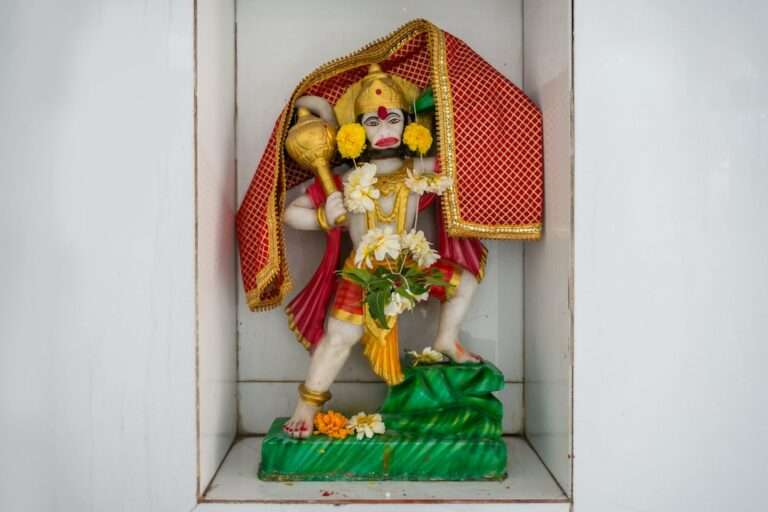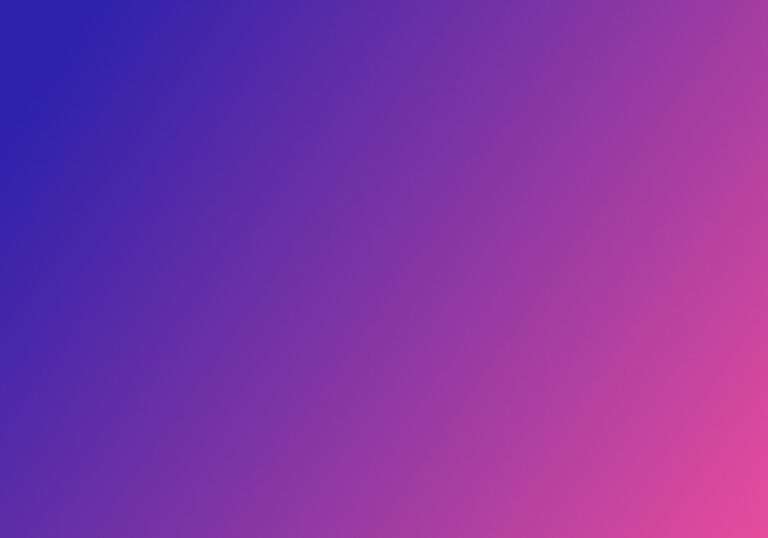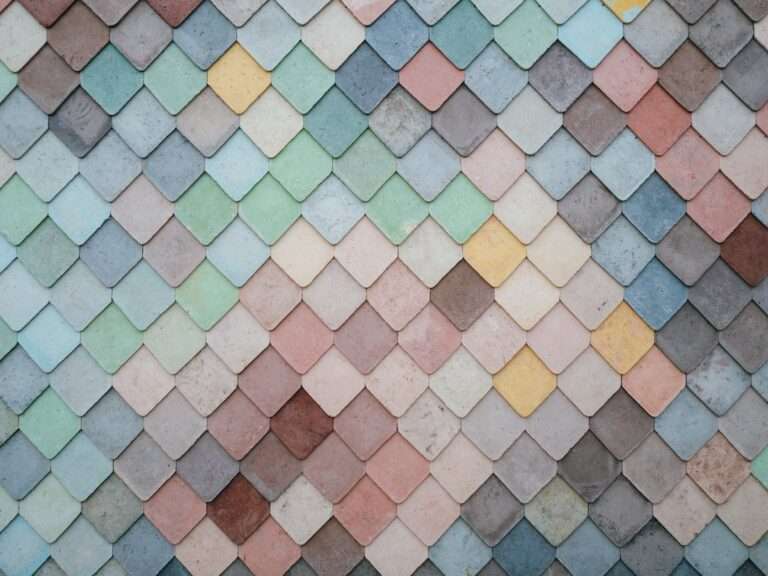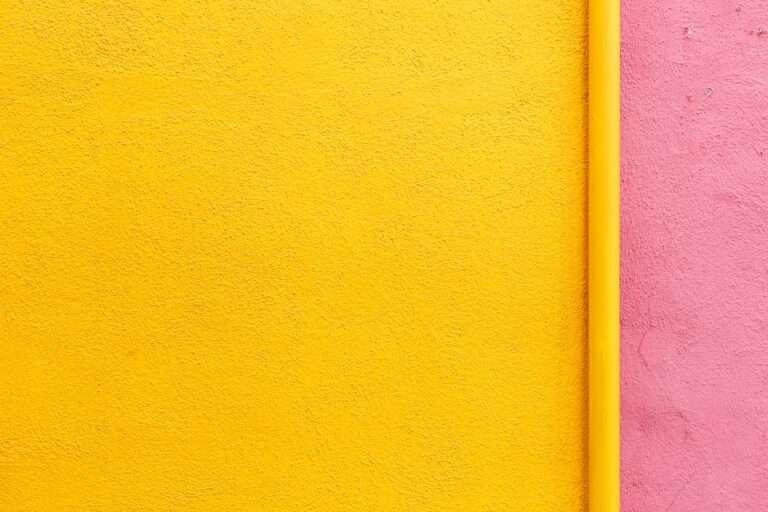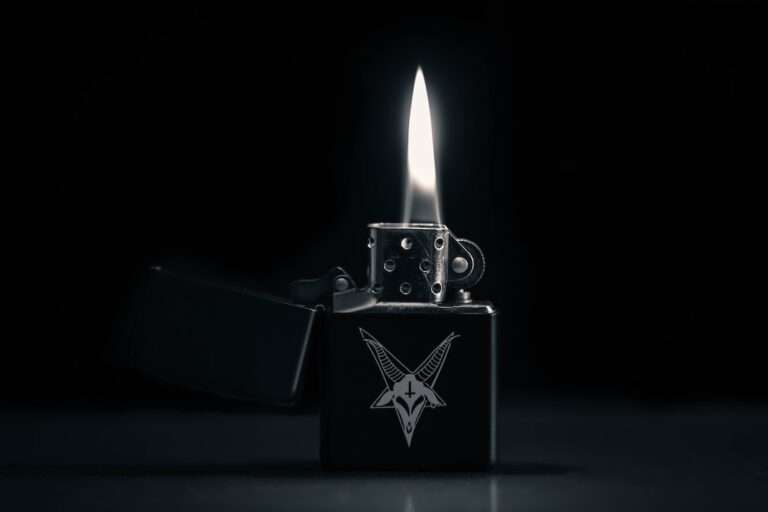Color Symbolism in Fashion and Design: How to Use Color to Convey Meaning and Emotion

Color plays a crucial role in the world of fashion and design. It has the power to evoke emotions, convey messages, and create a visual impact. Whether it’s choosing the right color for a logo or selecting the perfect outfit for an occasion, understanding color symbolism is essential. In this blog post, we will explore the psychology of color, the significance of color in branding and marketing, how to choose colors for your design or outfit, the impact of color on mood and emotion, color symbolism in different cultures, color combinations and their meanings, using color to create a story or narrative, the role of color in fashion trends, and tips and tricks for experimenting with color.
Understanding the Psychology of Color
Colors have the ability to influence our emotions and behavior. Different colors evoke different feelings and can have a profound impact on our mood. For example, warm colors like red and orange are often associated with energy, passion, and excitement. They can create a sense of urgency and stimulate appetite. On the other hand, cool colors like blue and green are often associated with calmness, tranquility, and relaxation. They can have a soothing effect on our mind and body.
Each color also has its own unique meaning and symbolism. Red is often associated with love, power, and strength. It can be used to grab attention and create a sense of urgency. Blue is often associated with trust, loyalty, and stability. It is often used by brands to convey a sense of reliability and professionalism. Yellow is often associated with happiness, optimism, and creativity. It can be used to create a cheerful and energetic atmosphere.
The Significance of Color in Branding and Marketing
Colors play a crucial role in branding and marketing. They have the power to shape our perception of a brand and influence our purchasing decisions. Different colors are often associated with different qualities and values, and brands use this knowledge to create a desired image and connect with their target audience.
For example, many fast-food chains use the color red in their logos and branding. Red is often associated with appetite and can stimulate hunger. It is also a bold and attention-grabbing color, which is why it is often used in advertising. On the other hand, luxury brands often use black or gold in their logos and branding. Black is often associated with elegance, sophistication, and exclusivity, while gold is associated with wealth and luxury.
How to Choose Colors for Your Design or Outfit
When choosing colors for your design or outfit, it’s important to consider how they complement each other. Certain colors look better together than others, and understanding color schemes can help you create a harmonious and visually appealing look.
One popular color scheme is the complementary color scheme, which involves using colors that are opposite each other on the color wheel. For example, blue and orange are complementary colors. Another popular color scheme is the analogous color scheme, which involves using colors that are next to each other on the color wheel. For example, blue and green are analogous colors.
It’s also important to consider the mood and message you want to convey with your design or outfit. Warm colors like red, orange, and yellow can create a sense of energy and excitement, while cool colors like blue, green, and purple can create a sense of calmness and tranquility. By understanding the psychology of color and considering color schemes, you can choose colors that effectively convey your desired message.
The Impact of Color on Mood and Emotion
Colors have a profound impact on our mood and emotions. They can evoke feelings of happiness, sadness, anger, or calmness. Understanding how different colors affect our emotions can help us create environments that promote certain feelings or convey specific messages.
For example, if you want to create a calming and relaxing atmosphere in a room, you might choose to use cool colors like blue and green. These colors have a soothing effect on our mind and body and can help reduce stress and anxiety. On the other hand, if you want to create a vibrant and energetic atmosphere, you might choose to use warm colors like red and orange. These colors can stimulate our senses and create a sense of excitement.
Color Symbolism in Different Cultures
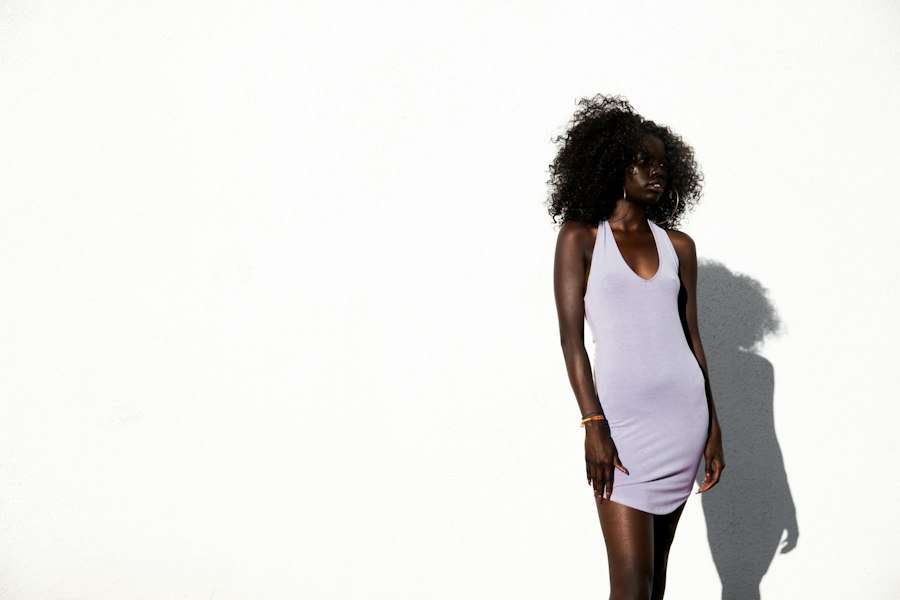
Colors are perceived differently in different cultures, and their meanings can vary significantly. For example, while white is often associated with purity and innocence in Western cultures, it is associated with mourning and death in many Asian cultures. Similarly, while red is often associated with love and passion in Western cultures, it is associated with luck and prosperity in many Asian cultures.
Understanding color symbolism in different cultures is important, especially if you are designing for a global audience or working with clients from different cultural backgrounds. It’s important to research the cultural significance of colors in the target market to ensure that your design or branding is appropriate and resonates with the intended audience.
Color Combinations and Their Meanings
Different color combinations can convey different meanings and evoke different emotions. By understanding the symbolism of different color combinations, you can create designs or outfits that effectively communicate your desired message.
For example, a combination of red and black can create a sense of power, elegance, and sophistication. This combination is often used by luxury brands to convey a sense of exclusivity. On the other hand, a combination of blue and white can create a sense of cleanliness, purity, and tranquility. This combination is often used by healthcare brands to convey a sense of trust and reliability.
Using Color to Create a Story or Narrative
Colors can be used to tell a story or convey a message. By carefully selecting colors that align with the desired narrative, designers and stylists can create visually compelling and emotionally engaging designs and outfits.
For example, in a fashion editorial, the use of dark and moody colors like black and deep purple can create a sense of mystery and intrigue. This color palette can be used to tell a story of a femme fatale or a rebellious character. On the other hand, a bright and vibrant color palette can be used to tell a story of joy and celebration.
The Role of Color in Fashion Trends
Colors play a significant role in fashion trends. Each season, fashion designers and brands introduce new color palettes that set the tone for the upcoming trends. These color trends influence not only the clothing industry but also other industries like beauty, home decor, and graphic design.
For example, Pantone, the global authority on color, releases a “Color of the Year” annually. This color sets the tone for the upcoming year and influences design decisions across various industries. In recent years, colors like Living Coral, Classic Blue, and Ultra Violet have been chosen as the Color of the Year, influencing fashion trends and consumer preferences.
Experimenting with Color: Tips and Tricks for Designers and Stylists
Experimenting with color is essential for designers and stylists who want to create unique and innovative designs and outfits. By stepping out of their comfort zone and exploring different color combinations, they can push boundaries and create visually striking looks.
One tip for experimenting with color is to start with a neutral base and add pops of color through accessories or accent pieces. This allows you to experiment with different colors without overwhelming the overall look. Another tip is to play with different shades and tones of the same color to create depth and dimension.
Conclusion:
Color symbolism plays a crucial role in fashion and design. Understanding how colors affect our emotions, how they are used in branding and marketing, how to choose colors that complement each other, how they impact mood and emotion, how they are perceived in different cultures, how different color combinations convey different meanings, how they can be used to create a story or narrative, their role in fashion trends, and tips and tricks for experimenting with color can help designers and stylists create visually compelling and emotionally engaging designs and outfits. By harnessing the power of color, they can effectively communicate their desired message and create a lasting impact.
If you’re interested in exploring the symbolism of colors in fashion and design, you might also find the article on the symbolism of the moon fascinating. The moon has long been associated with various meanings and emotions, and understanding its symbolism can add depth and significance to your creative choices. To learn more about the symbolism of the moon, check out this article.
FAQs
What is color symbolism?
Color symbolism is the use of colors to represent ideas, emotions, and concepts. Different colors have different meanings and can evoke different emotions and reactions.
How is color symbolism used in fashion and design?
Color symbolism is used in fashion and design to convey certain messages and emotions. Designers use colors to create a mood or atmosphere, to express a brand’s personality, and to communicate a message or idea.
What are some common color associations?
Some common color associations include red for passion and energy, blue for calmness and trust, yellow for happiness and optimism, green for nature and growth, and black for sophistication and elegance.
How do cultural differences affect color symbolism?
Color symbolism can vary across different cultures and regions. For example, in Western cultures, white is often associated with purity and innocence, while in some Asian cultures, it is associated with death and mourning.
Can color symbolism change over time?
Yes, color symbolism can change over time and can be influenced by social, cultural, and historical factors. For example, pink was once considered a masculine color in the early 20th century, but is now commonly associated with femininity.
